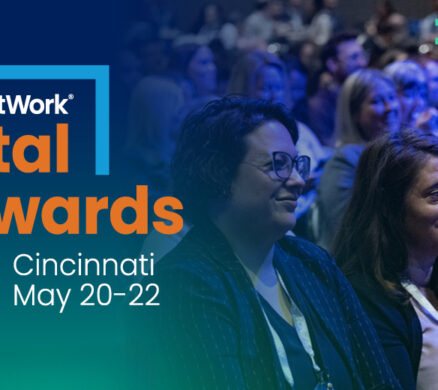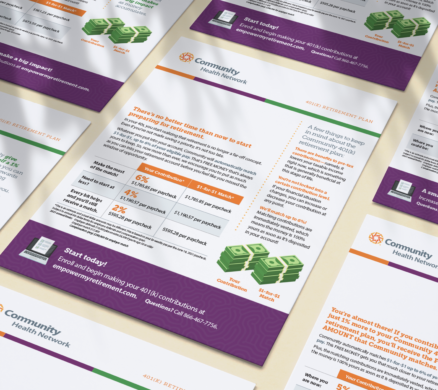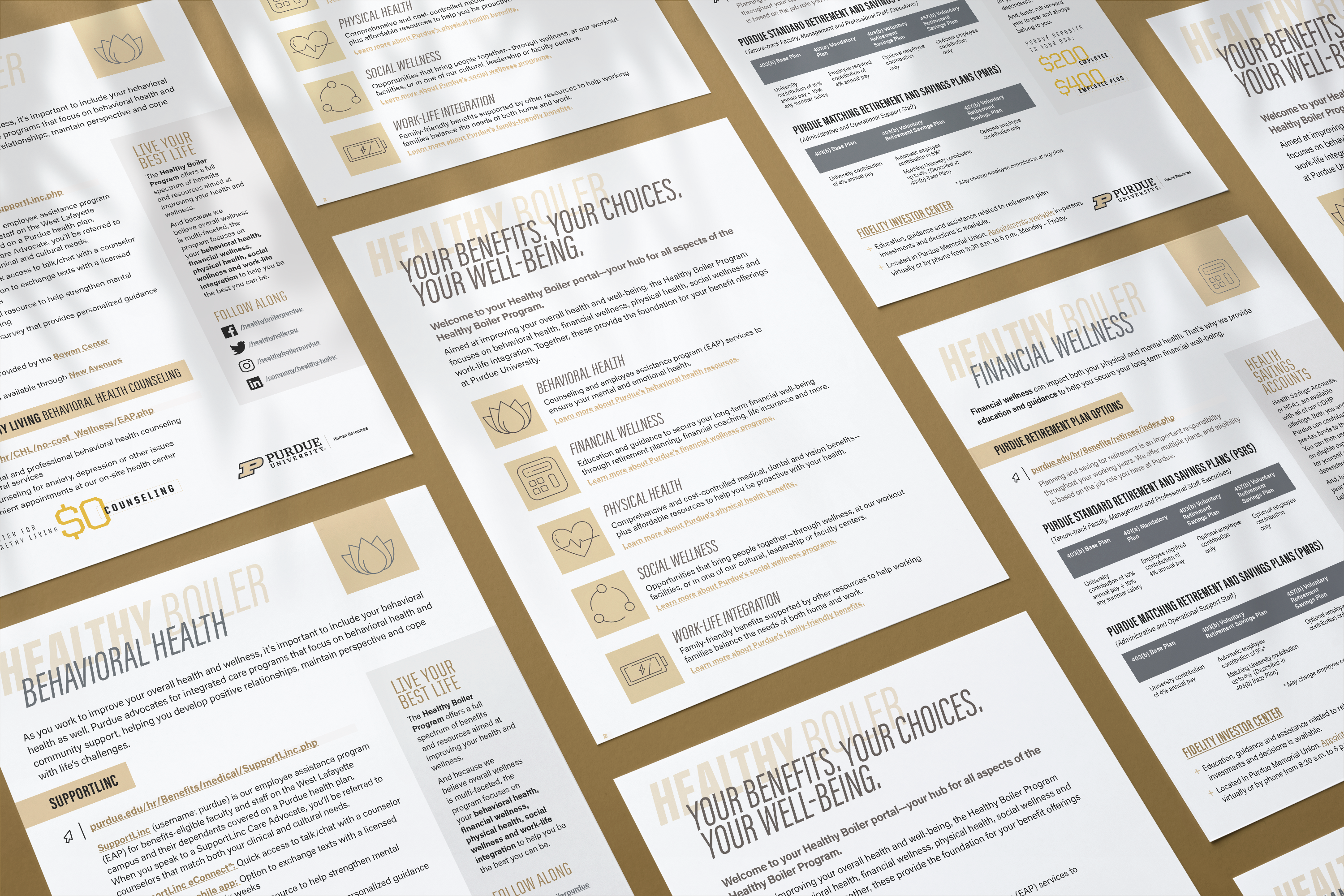
Benefit communications have always been an important—if not overlooked—part of employee communications. But in this new world of an ongoing pandemic, remote workforces and the Great Resignation, employers and employees alike realize that understanding benefits (and the value behind them) is essential.
For employers, it’s a recruitment and retention tool. And for employees, it’s part of their livelihood. The results from MetLife’s recent U.S. Employee Benefit Trend Survey back this up:
- 80% of employers are increasing benefit communications (or intend to).
- 62% of employees think employee benefits are more important now because of the pandemic.
At Westcomm, we’ve seen this firsthand as we’ve guided clients to step up their communications during (and after) open enrollment to meet the needs of their employees better in three key ways:
#1: Introduce New Interactive Channels
Employees are busy, so they need to be able to access benefits information on the go or when they need it. This is especially true in a hospital environment. One of the ways to reach employees on their terms is through a digital communications tool that’s accessible from work or home.
The benefits team at Ochsner Health agrees, and that’s why the hospital system launched its new Virtual Benefits Assistant for open enrollment last year. The Virtual Benefits Assistant—which explains things using easy-to-understand terms, visual graphics and animation—allows users to watch all sections or just visit the ones of interest to them. The Virtual Benefits Assistant also includes a medical plan cost calculator that helps you evaluate which plan might be best for you and your family. You input a little information on how you anticipate using a medical plan, and it compares plans and shows you the expected costs.
For a population that doesn’t spend much time in front of a computer, the Virtual Benefits Assistant was exactly what they needed, according to its stats:
- 185,000+ page views
- 32% of total population engaged with the platform
- 2.0 average sessions per user
Increased digital communications began to increase before COVID-19, but the pandemic accelerated those trends to new levels. The MetLife survey reports that even traditional formats like benefit fairs are now taking place virtually; and, at the bare minimum, all benefits information should be available digitally and easily accessible across channels in this new normal. And tools, such as the Virtual Benefits Assistant, are making benefit communications accessible, relevant and, dare we say it, interesting!
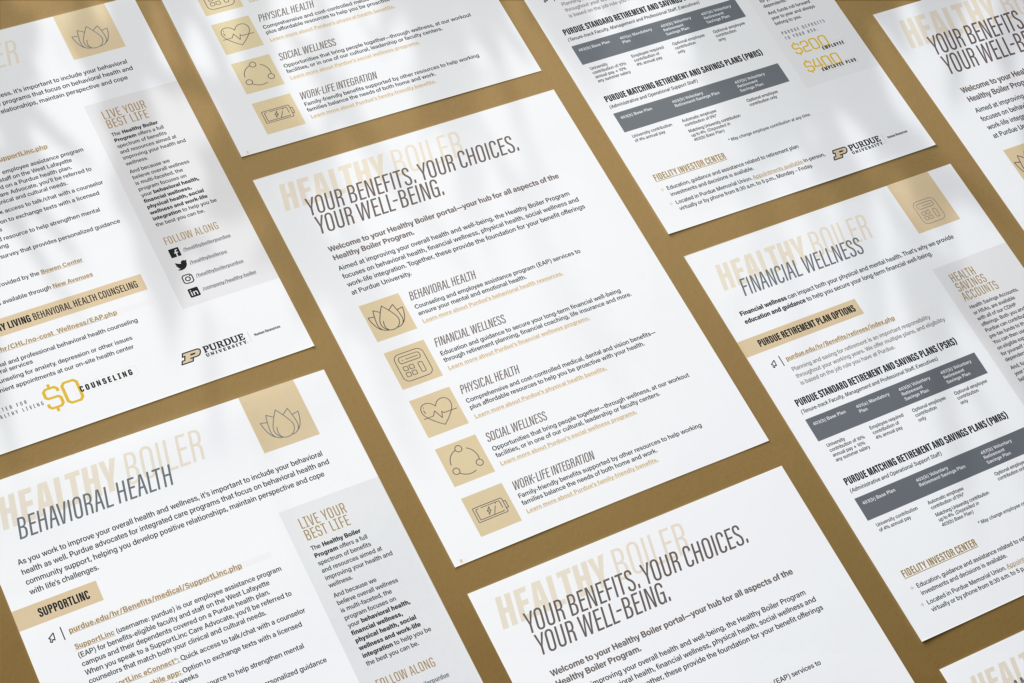
#2: Increase Well-being Communications
The MetLife survey also reports that more than a third of employees are feeling stressed at work at least half of the time—with nearly as many saying stress has made them less productive. However, employers have a different perception of their workforce’s well-being. Nearly 3 in 4 employers believe employees are better than they really are in regard to their well-being. That disconnect may prevent companies from prioritizing well-being as much as it is needed.
Smart employers have focused their benefit communications on holistic well-being. Take Purdue University, for example. Through the University’s multi-faceted Healthy Boiler program, employees are encouraged to take full advantage of their benefit offerings, all of which support one of the following elements of overall health and wellness:
- Behavioral health
- Financial wellness
- Physical health
- Social wellness
- Work-life integration
This focus on holistic well-being—and the connection between benefits and overall wellness—began well before open enrollment. Then, during open enrollment, communications were structured around the Healthy Boiler pillars to emphasize again the holistic well-being benefits and programs that Purdue offers.
The MetLife survey reports that to drive well-being across the workforce, employers not only need to understand the struggles their employees face but also support workers with flexibility, communication, safety and protection, and a wider range of benefit options. That is exactly what Purdue aims to do with its comprehensive (and year-round) Healthy Boiler initiative.
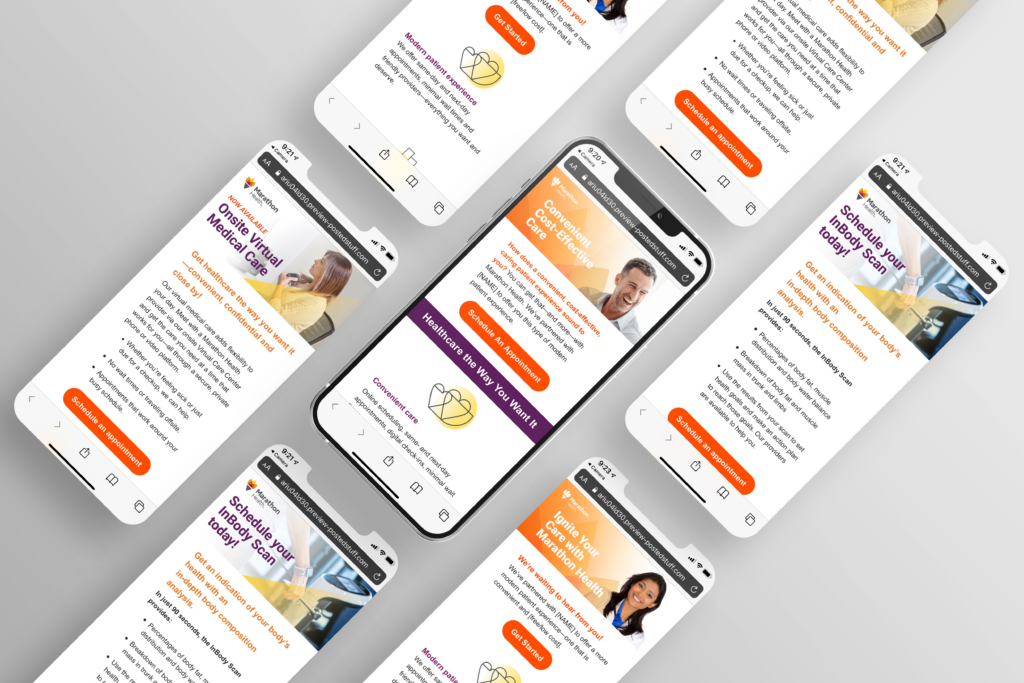
# 3: Showcase Expanded Benefit Offerings
Finally, the MetLife survey showed an upward trend toward expanded benefits:
- 74% of employers are offering more value-added services for employees, such as mental health programs or EAPs (or intend to).
- 66% of employers are expanding the range of employee-paid benefits (voluntary benefits) offered (or intend to).
- 64% of employers are expanding the range of non-medical insurance benefits offered (or intend to).
At Westcomm, we helped our clients educate their population on:
- Expanding leave policies for parental bonding care and bereavement;
- Enhancing wellness benefits, including digital wellness platforms that focuses on total wellness, including physical, mental and financial health;
- Adding more voluntary benefits, such as hospital indemnity, critical illness, accident insurance, etc.;
- Enhancing short-term disability—making it a free benefit for full-time employees or increasing the employer contribution so the out-of-pocket is minimal for employees;
- Enhancing core benefits by adding specialized services to dental or vision plans, such as retinal imaging or advanced coverage for people with diabetes.
If these types of important enhancements to your benefit communications aren’t being discussed at your organization, now is the time for you to make your case. And if you need help, Westcomm is here to assist with your efforts; reach out at helloindy@westcomm.com or follow us on LinkedIn for more insights.



